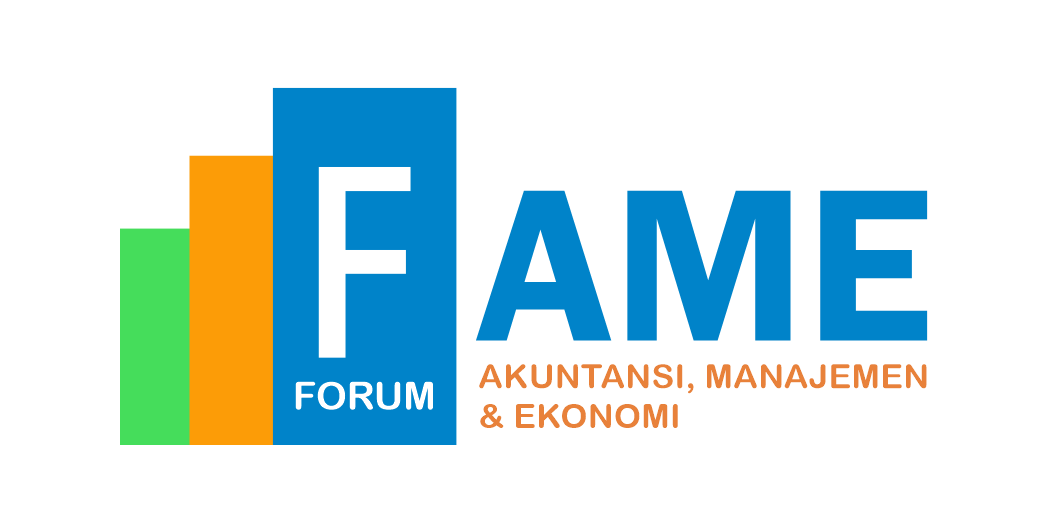SINTA 3 | Jurnal Akuntansi, Keuangan, dan Manajemen (Jakman) is a peer-reviewed journal in the fields of Accounting, Finance and Management. Jakman publishes relevant manuscripts reviewed by some qualified editors. This journal is expected to be a significant platform for researchers in Indonesia to contribute to the theoretical and practical development in all aspects of Accounting, Finance and Management.
Articles
Profitability, Liquidity, Board Size, and Gender Diversity: Their Impact on Financial Distress
Audit Tenure, Audit Committee, Audit Fee, Audit Delay: Effect on Audit Quality
The Influence of Social Media Influencers on Purchase Intentions for Halal Cosmetic Products in Batam
Nurses Perspectives Causes And Management Strategies To Prevent Medication Errors: Qualitative Study
Determinan Purchase Intention Throught Brand Trust A Moderate Variabel Islamic Bussiness Ethic
Coffee Bean Inventory Analysis Using EOQ Method at Lujo Coffee
Antecedents of Mobile JKN Satisfaction and Continuance in Surabaya
Indexed by:
In collaboration with:


 Google Scholar
Google Scholar Garuda
Garuda Sinta
Sinta











